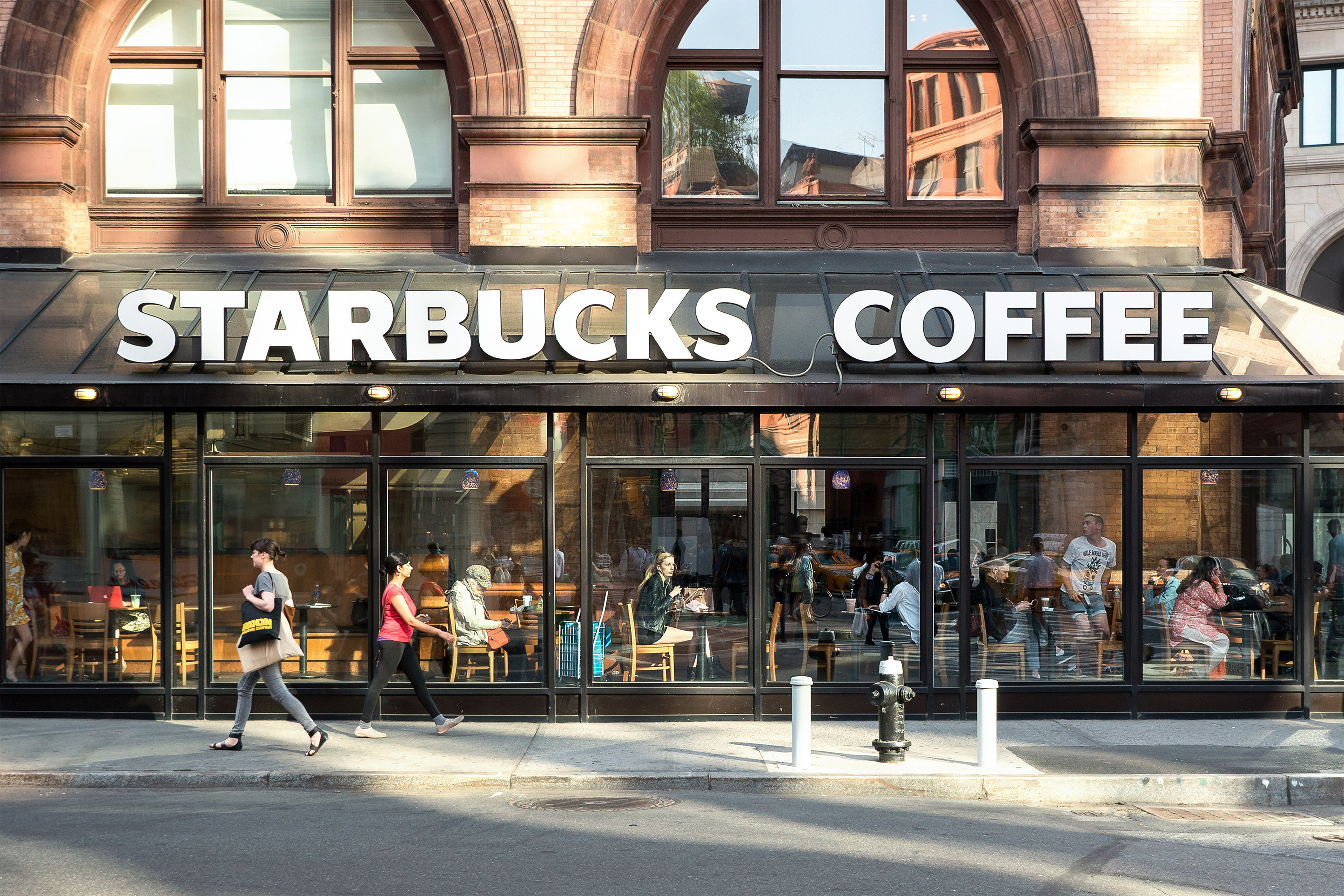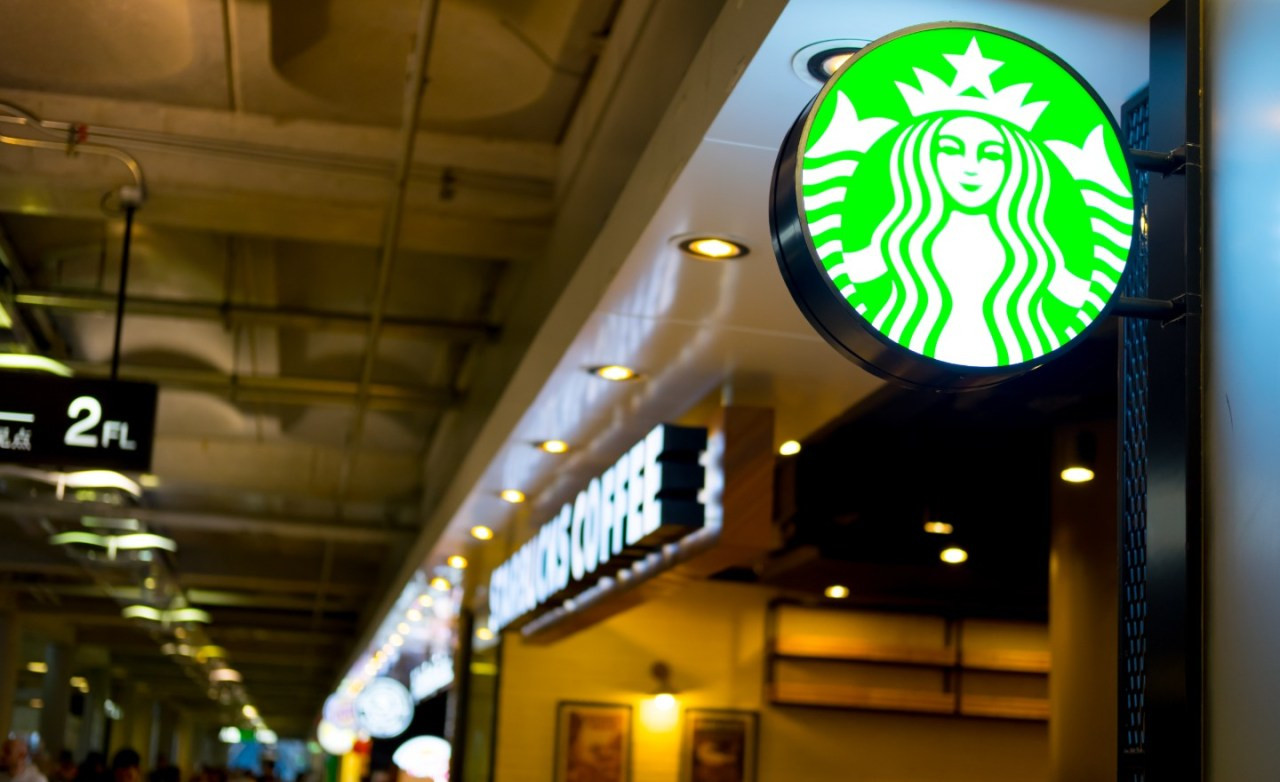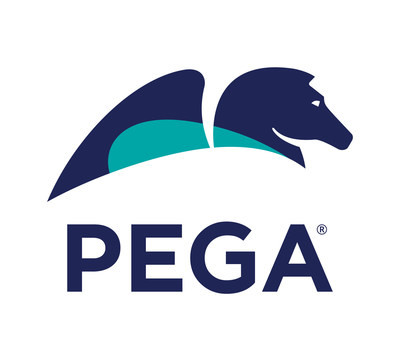Starbucks Reverses Open-Door Policy: A Return to 'Buy Something or Leave'?
Starbucks, the global coffee giant, has announced a significant policy reversal, ending its nearly seven-year-old open-door policy that allowed individuals to utilize its stores without making a purchase. This decision marks a return to a more traditional approach, prioritizing paying customers and aiming to create a more controlled environment within its cafes.
The Shift From Open-Door Policy to Purchase Requirement
The company's decision to revert to a 'buy something or leave' policy has been met with mixed reactions. For years, Starbucks embraced an open-door policy, a decision made in 2018 in the wake of a racially charged incident in Philadelphia. Following this incident, where two Black men were arrested for waiting for a friend and using the restroom, Starbucks made the commitment to welcome everyone into its spaces regardless of purchase. This commitment meant that anyone could access the restrooms and stay in its stores, regardless of spending money. However, the decision to remove this policy indicates a change in priorities and a renewed focus on customers who contribute financially to the company. Starbucks’ statement emphasizes this aspect of the decision.
The Rationale Behind the Change
Starbucks cites several factors motivating this change. In a statement released by the company, they highlight that the new rules aim to help prioritize paying customers, mirroring policies already in place at most other retailers. The company insists that this adjustment doesn’t indicate any change to their commitment to the community. Rather, a spokesperson said, the policy reversal is part of a broader effort to improve the overall café experience and recapture the ‘community coffeehouse’ atmosphere that has been lost due to several factors. Company leadership is actively working to enhance customer experience while addressing challenges such as declining sales.
Addressing Safety and Customer Experience Concerns
The shift in policy also reflects concerns surrounding safety and customer experience. Since the implementation of the open-door policy, there have been reports of increased instances of disruptive behavior, including drug use and panhandling, which negatively impact both staff and paying customers. This is consistent with the situation in many other retail locations around the country that have dealt with these issues. By establishing clear expectations for behaviour and use of their spaces, Starbucks hopes to create a more welcoming environment for all. This includes prohibiting outside alcohol, smoking, vaping, drug use and panhandling, and ensuring the safety of its employees and customers. These actions also reflect a change in strategy in response to the growing concerns about safety and customer behavior inside the cafes.
Safety Measures and Staff Training
The new code of conduct, to be displayed in all company-owned North American stores, explicitly addresses these issues, clearly stating that violators will be asked to leave and, if necessary, law enforcement may be contacted. Starbucks also emphasizes that its employees will receive comprehensive training on enforcing the new policy, ensuring consistent implementation and minimizing potential misunderstandings or conflicts.
The Broader Context of Starbucks' Strategic Revitalization
The policy change occurs within the context of a broader strategic revitalization at Starbucks under the leadership of CEO Brian Niccol. Niccol, who joined the company from Chipotle, has expressed a desire to reclaim the original vision of Starbucks as a community-centered coffeehouse. The company's approach will include not only the update to its code of conduct, but also changes to the menu, increased focus on coffee and a revitalized ambiance aimed at creating a welcoming space for customers to relax and linger. In recent years, Starbucks had been moving toward a model more focused on speed and efficiency, potentially sacrificing the unique experience associated with the chain's early years. This change signals a shift toward a more traditional experience.
Revitalization Efforts: Menu, Ambiance, and Customer Incentives
Along with the policy change, Starbucks has implemented other measures to enhance the customer experience. This includes the introduction of free same-visit refills of coffee and tea for all customers using reusable cups, eliminating extra charges for non-dairy milk alternatives, and the planned reintroduction of a condiment bar. These improvements aim to create a more comfortable and engaging environment for customers. Moreover, the company clarified that they are not planning on raising prices during the 2025 fiscal year. These actions collectively illustrate Niccol's commitment to re-establishing Starbucks as a cherished community space.
A Balancing Act: Community and Commerce
The reversal of Starbucks' open-door policy is a complex decision, balancing the company's commitment to community engagement with the practical considerations of maintaining a safe and profitable business model. The company acknowledges the importance of welcoming everyone while acknowledging the need for clear expectations around behavior and resource utilization in its stores. It remains to be seen how the new policy will be received by customers and the broader community. The company's future success will depend on maintaining a delicate balance between accommodating community needs and safeguarding its business interests. This delicate balance must be carefully managed.
This shift may encourage customers to use the space more purposefully, and further initiatives may create a more welcoming atmosphere for everyone.


















